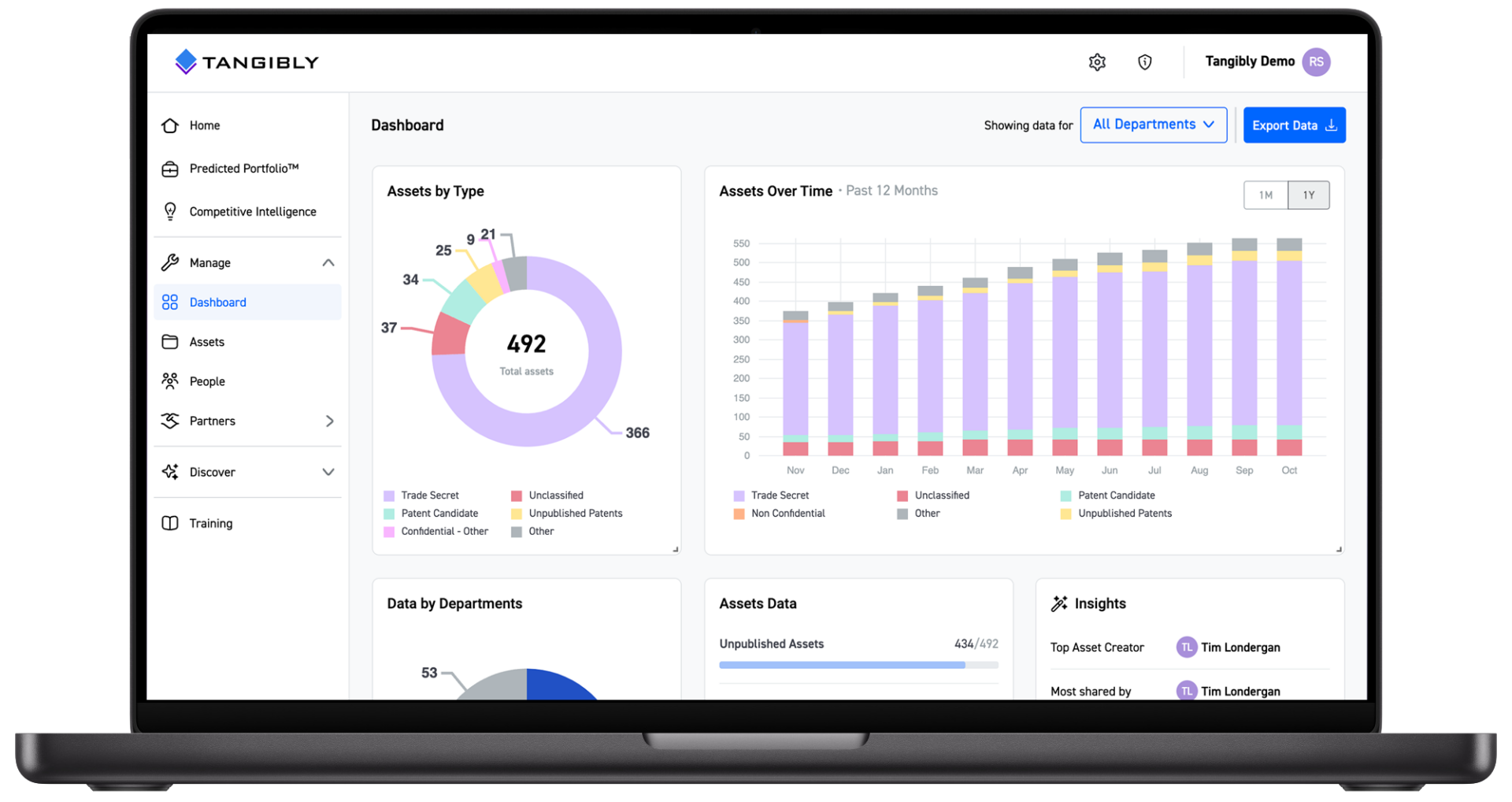Do you know your specific blood type – like O positive or AB negative? Of course! Do you know your specific trade secrets that were taken? You should!
An employee left the Alifax company to join competitor Alcor. Alifax makes clinical instruments for performing blood analysis. Within a year (very quick!), Alcor released a competing instrument with the same functionality as Alifax’s product.
Alifax sued the ex-employee and Alcor for trade secret misappropriation (among other things like patent infringement and copyright infringement which were both later dropped). They used the Rhode Island Uniform Trade Secret Act because in 2014 the DTSA was not yet enacted (happened two years later in 2016).

Alifax claimed that two different trade secrets were stolen – the first on conversion of photometric measurements, and the second on signal acquisition.
At trial, the jury found that the conversion was a misappropriated trade secret, but the court said that there was no evidence of trade secrets being involved in the signal acquisition. After the trial concluded, the court granted a new trial based on the verdict being inconsistent with the evidence.
There were many claims and counter-claims in the Federal Circuit appeal, but a few comments are especially insightful regarding the need to be specific in defining trade secrets.
The Federal Circuit said that “Alifax not only failed to describe the alleged signal acquisition trade secret with sufficient detail but also failed to identify its proper scope.”
Alifax alleged that the signal acquisition trade secret is “how to acquire photometric signals from a blood sample.”…. But this definition only provides a high-level summary of the purpose of the alleged trade secret without describing it in detail.”
The trade secret owner’s “burden is to describe the trade secret in sufficient detail to show that each element of a trade secret are met”, which Alifax did not do.
See: https://cafc.uscourts.gov/opinions-orders/22-1641.OPINION.6-11-2024_2331919.pdf
Tangibly’s Perspective
The Alifax case is but the latest in a series of court holdings requiring trade secret owners to be increasingly specific about what their misappropriated trade secret actually is. Every other valuable corporate asset is well identified, and trade secrets should be as well.
Being specific is in fact the first of Tangibly’s five “best practices” for effective trade secret management. Trade secret owners should make it easy for the court to identify the trade secret and to see that it was misappropriated by the defendant.
